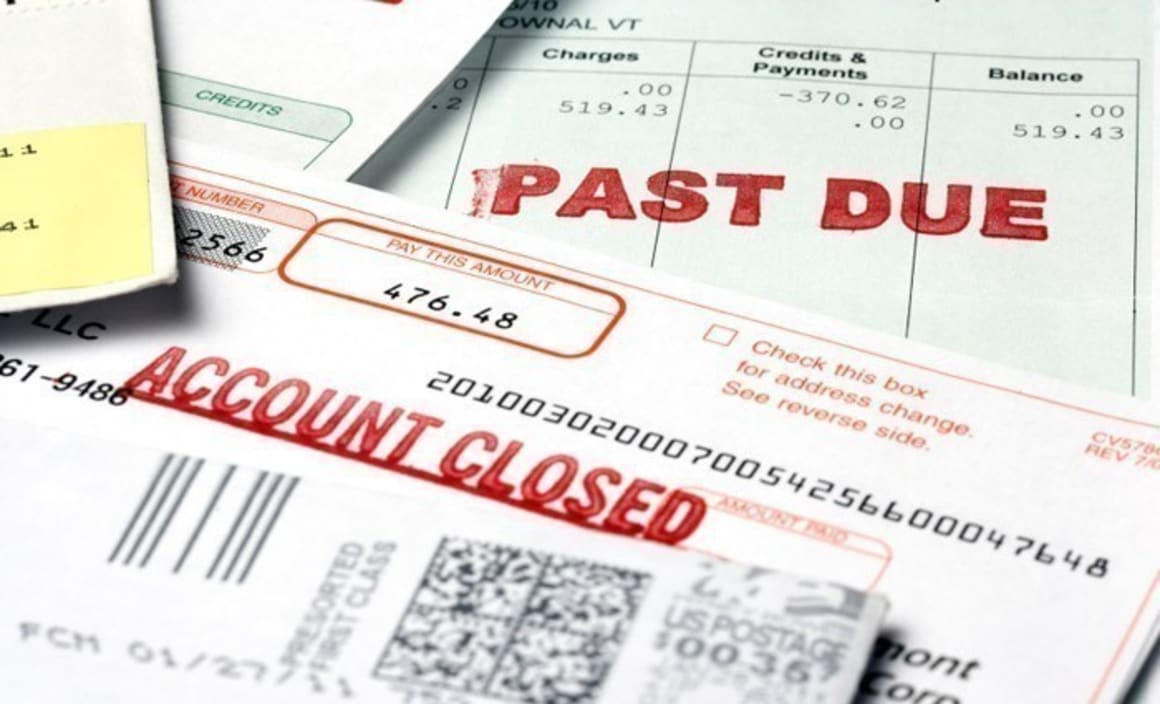UBS see heavily indebted borrowers squeezed in pending credit crunch

Imminent restrictions on lending to heavily indebted borrowers will accelerate a squeeze on borrowing, according to UBS analysts.
UBS has repeated its warning of a potential credit crunch in the Australian economy where house prices would likely fall over a prolonged period across a few years.
This is because the price of money [via record low interest rates] becomes less relevant compared with the supply of money [credit availability] or demand for money — that is through employment, income, population," UBS economist George Tharenou said.
This week he noted about 30% of outstanding mortgage debt was held by borrowers with debts more than six times their income, which meant the flow of total lending going to borrowers with debt-to-income levels of more than six times would previously have been greater than 30% of lending.
Westpac advised recently that the share of loans on the bank’s books with a debt-to-income ratio above six times was about 20%.
UBS suggested this could be well above the new limit required by APRA.
“We expect boards, shareholders and management teams to recommend ‘very high’ debt-to-income be a low 5 to 10% of new lending flow,” Tharenou said.
“The impact of even a generous limit of 20% would likely be a negative for lending growth and credit availability.”
It is the latest warning from the UBS analysts of a potential credit crunch in the wake of the early evidence presented to the royal commission into banking and financial services,
“This means that the introduction of debt-to-income limits will likely make borrowing for the median home in Australia (let alone Sydney or Melbourne) even more challenging,” Tharenou told The Australian.
He said restricting the amount of credit going towards borrowers with lower incomes could drag house prices in Sydney and Melbourne lower, as loan sizes would no longer support high house prices.
“Even taking into account higher household income in Sydney and Melbourne along with a 20% deposit, on our estimates the median household in Sydney will only be able to afford an $800,000 property, still well below the median house price,” Tharenou said.
UBS's George Tharenou said the credit crunch scenario would clearly be unintended by regulators and policy makers.
A tightening of access to credit for heavily indebted borrowers would also crimp the ability for property investors to enter the market. About 20% of investors own two properties, and 10% own three or more. About half of all investment properties are owned by investors with multiple properties.
“Limits could well spell the end of widespread multiple property investing in Australia — at least for those investors who maintain an owner-occupier mortgage and geared investments,” Tharenou said.